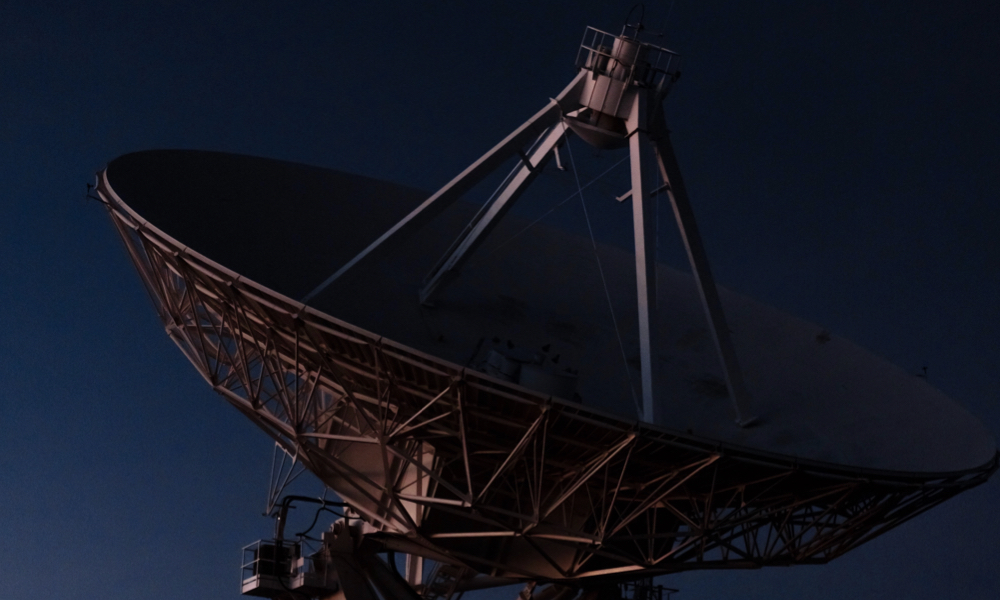
ESA Open Invitation To Tender AO8607
Open Date: 19/04/2016
Closing Date: 31/05/2016 13:00:00
Status: ISSUED
Reference Nr.: 16.1QM.05
Prog. Ref.: TRP
Budget Ref.: E/0901-01 – TRP
Special Prov.: BE+DK+FR+DE+IT+NL+ES+SE+CH+GB+IE+AT+NO+FI+PT+GR+LU+CZ+RO+PL+EE+HU
Tender Type: C
Price Range: > 500 KEURO
Products: Launchers / Avionics / On-Board Computers / *See Software
Techolnogy Domains: Onboard Data Systems / Payload Data Processing / System Technologies for Payload Data Processing
Establishment: ESTEC
Directorate: Directorate of Technical & Quality Manag
Department: Product Assurance and Safety Department
Division: Materials & Components Technology Divisi
Contract Officer: van Hilten, Linda
Industrial Policy Measure: C1 – Activities in open competition limited to the non-Larg…
Last Update Date: 19/04/2016
Update Reason: Tender issue
Cladding methods using for example lasers, electron beams or plasma arcs as energy source, were developed in the past in order to protect a certain base metal from e.g. corrosive or abrasive degradation. Since the need for more and more complex, large components for e.g. Aerospace industries is steadily increasing, cladding techniques were further developed to produce 3 dimensional, near net shape objects. Large geometrical complex structures, exceeding overall dimensions of 1 m, are nowadays possible to be manufactured using additive manufacturing. Since powder bed based methods cannot meet these dimensional requirements, laser cladding methods are typically employed. The benefits of additive manufacturing for future science missions is clear with applications identified in areas such as deployable structures and optical benches, the ATHENA mission optical bench being one such example. The ATHENA mission requires an optical bench with a diameter of about 3 m and a height of roughly 30 cm. Conventional machining of such large titanium structures is affected by issues like long lead times for the billet material, low cutting speeds, massive material waste, and therefore high costs. Additive Manufacturing using direct metal deposition techniques is proposed to replace the conventional subtractive manufacturing processes. In the proposed activity, the following will be performed:1. Review and definition of optical, thermal, mechanical, and dimensional requirements2. Review of available, state of the art end-to-end manufacturing processes and materials meeting the above requirements3. Identification of weak points within the end-to-end manufacturing process and implementation of improvements4. Definition, manufacture, and testing of representative material samples, based on input of design and FE analysis 5. Manufacture of the breadboard: 1 unit cell of the optical bench6. Testing of the breadboard and assessment of the performance Procurement Policy: C(1) = Activity restricted to non-prime contractors (incl. SMEs). For additional information please go to EMITS news “Industrial Policy measures for non-primes, SMEs and RD entities in ESA programmes”.
If you wish to access the documents related to the Invitation to Tender, you have to log in to the ESA Portal.
